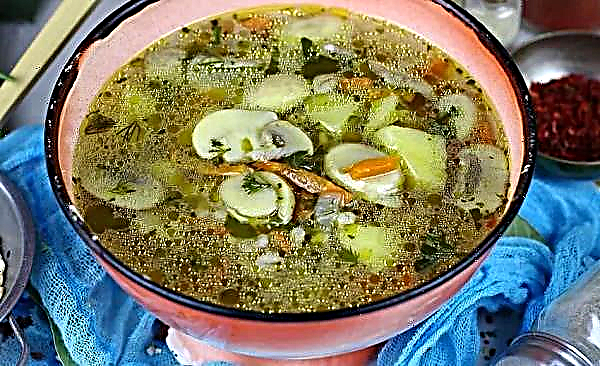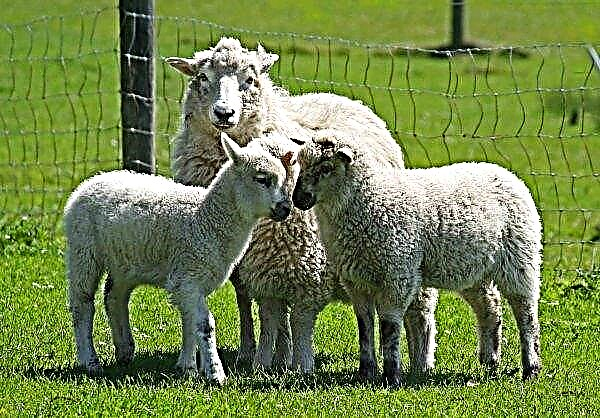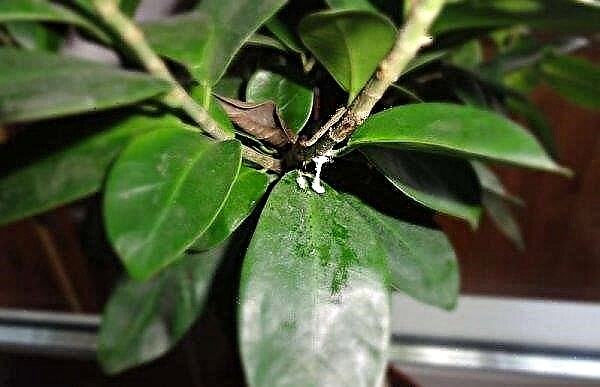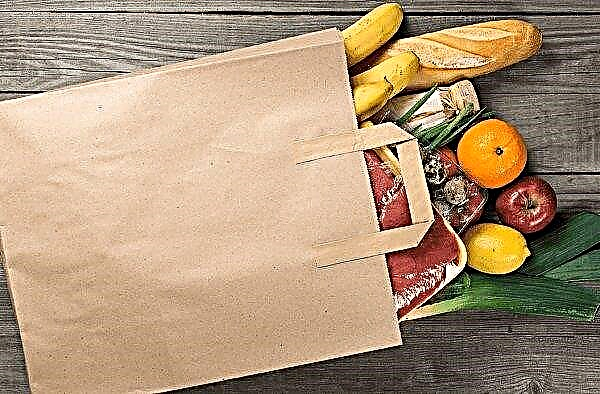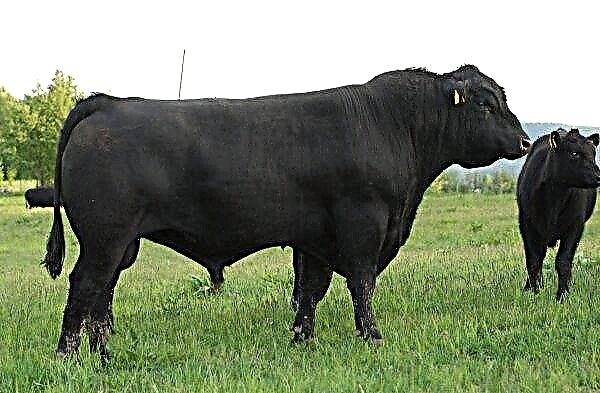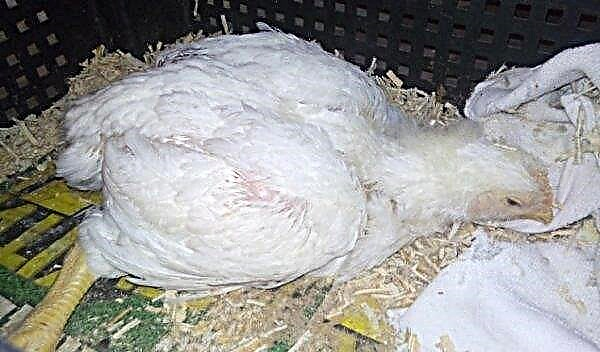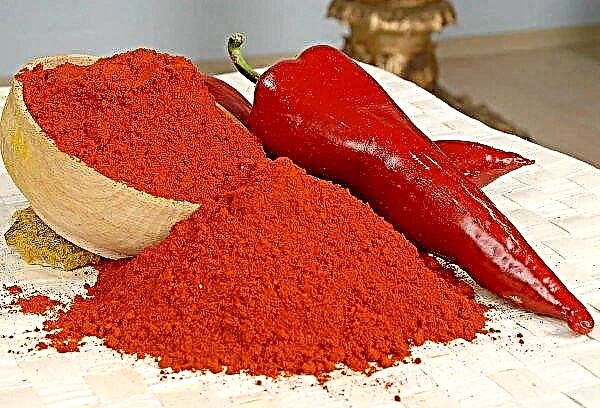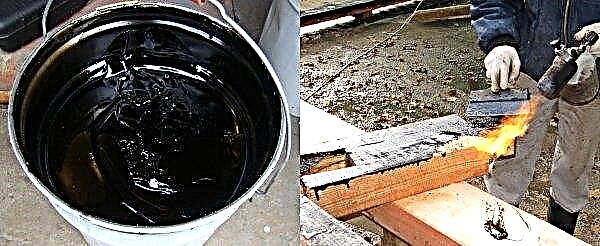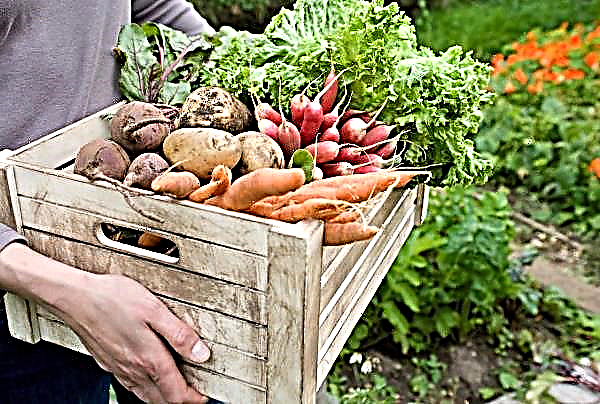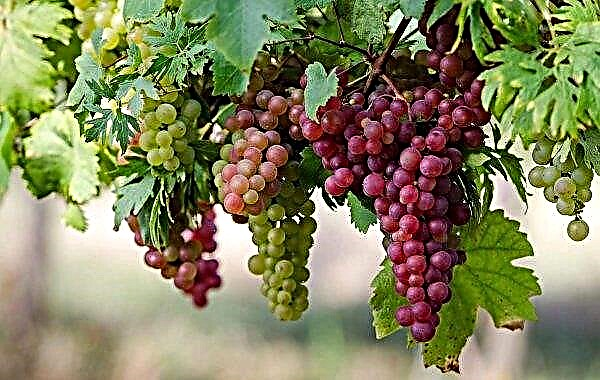Not for nothing that hyacinth is called a miracle among flowers, since it really has extraordinary beauty. It feels great both at home and in outdoor conditions, it can be grown both in open and in closed ground.
Plant description
The structure of hyacinth is very interesting. Its bulb is half placed above the soil, quite dense and overgrown with fleshy leaves around the circumference. From the bulb itself grows the main flowering stem - this is a continuation of its bottom.

After the flowering period ends, the stem with juicy leaves dries. But you should not be upset before the time, because this is a smart plant, so now it has already taken care of its future life. This concern occurred in the form of the emergence of a new bud in one of the green leaves on the stem, which will grow into a bulb every day, and a new flower will grow from it.
In addition to the main kidney, others can arise nearby, but smaller, they are also called children. Such even after a year they will not bloom, but after a couple of years it is already possible to plant. Bright flowers of hyacinth, on top of the stem, are collected in a brush. The fruit represents a box with three nests, in which there are two seeds.
The largest flower on the planet grows in Indonesia. It is called Rafflesia Arnold, weighs 11 kg and in diameter reaches 91 cm.
Landing
The process is carried out in pre-prepared soil, this is done a couple of months before planting. Landing in unprepared ground can adversely affect the roots by cutting them off. The soil is well cultivated, deeper than 40 cm. For digging, humus, rotted manure, sand and peat are used.
They recommend landing at the end of September or at the beginning of October. The weather must be suitable. Early planting is inappropriate; the flower will not tolerate winter conditions. With late planting, the root system will not be able to take root before the onset of frost.

When planting bulbs in the ground, it is advised to choose medium sizes than large ones. So, you will grow unpretentious and resistant to bad weather brushes. Before planting the onions, compost or peat is added to the hole, if the preliminary digging did not include this stage. If you have tightened it too much, the planted onion is insulated with leaves or other improvised material.

The area for hyacinth life is required average, about 15x20 cm, the depth is the same. Baby bulbs are planted thicker and not deeper. The stage of adding sand or any components to the hole is important, it prevents infections and diseases. Hyacinth can also be planted on ridges (15-20 cm), if you decide to plant everything around, this will protect them from melt water. Landing is carried out at a distance of 25 cm.
Do not forget about the warming of the bulbs, protect them from the cold, covering the plantings. Clean everything in the spring, as sprouts will appear.
Care
This miracle is quite demanding and whimsical. Hyacinth needs cleanliness around, loose soil and watering in dry times. During the growing season, you need three meals a day.
The smallest flower belongs to the variety of Raskaski Wolfia. The plant is only 1 mm long and 0.5 mm wide.
So that hyacinth does not tolerate any disease, you need to create a healthy environment around it, removing all diseased plants. The flower stalk needs to be cut, but if this is not done, then at the end of flowering the flowers are picked from it, leaving the flower stalk itself.
Fertilizers also play an important role, they are applied both in dry and in diluted form. The following describes in more detail how much to use:

- Less fertilizer is needed per solution (20-25 g of nitrate and 15-20 g of superphosphate per 1 sq. M).
- During the formation of the buds, one more top dressing is performed (30-35 g of superphosphate and 15-20 g of potassium sulfate).
- At the end of flowering, they are fertilized for the third time (30-35 g of superphosphate and 30-35 g of potassium sulfate).
- Before fertilizing, the soil is well moistened, and then loosened.
- At the end of the season, bulbs are not recommended to be left in the soil, so they will not bloom. Wait for the leaves to yellow and dig the bulbs.
They should be well examined and processed, they may have new kidneys. After that, they are washed, dried and sent for storage right up to the next disembarkation. It is not at all difficult to get a luxurious flowerbed in your yard. Just follow the rules, do not neglect the recommendations and work conscientiously. Applying the above, you yourself will be surprised how you could achieve a good result.

